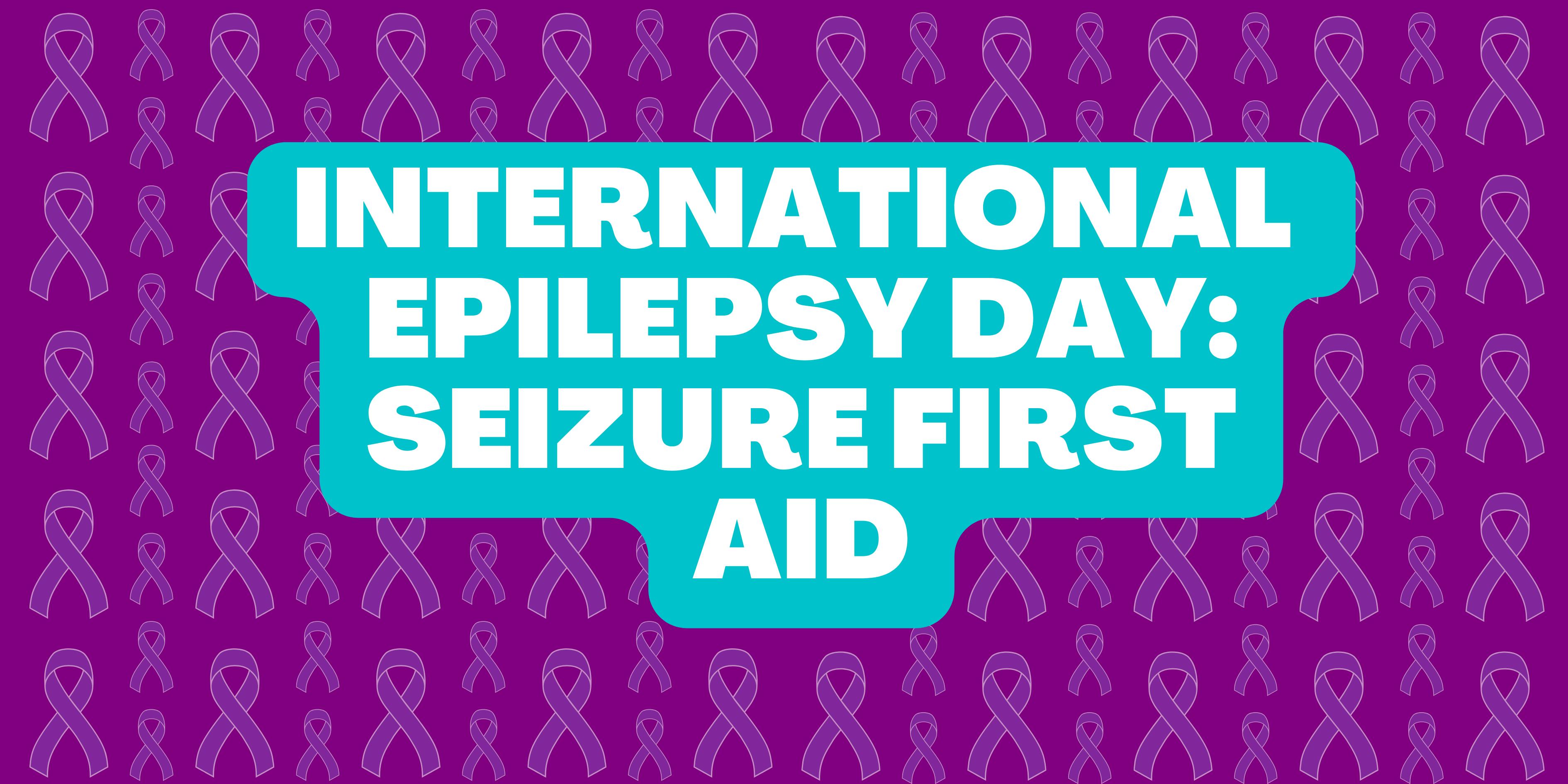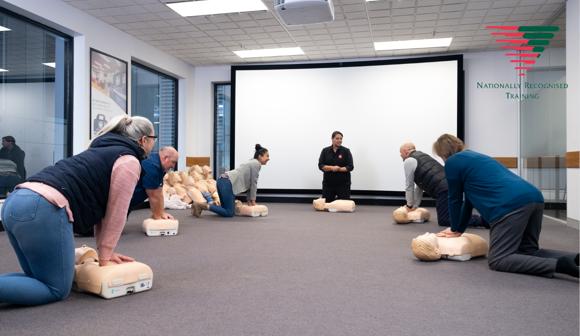Managing Epilepsy: Seizure First Aid

Every year, we come together to raise awareness for those affected by epilepsy. International Epilepsy Day is a global event that helps shine a light on this neurological condition and provides support to millions of people worldwide. In Australia, it's an important opportunity to educate and support those living with epilepsy, as well as their families and communities.
What is Epilepsy?
Epilepsy is a condition that affects the brain and causes frequent, unpredictable seizures. These seizures happen when there is a sudden surge of electrical activity in the brain. Epilepsy can affect anyone, regardless of age, background, or lifestyle, and it’s estimated that 1 in 25 Australians will be diagnosed with epilepsy at some point in their life.
Epilepsy in Australia: By the Numbers
According to the Epilepsy Foundation, around 260,000 Australians, or 1% of the population, are living with epilepsy today. That's roughly 1 in 200 people. It's more common than many realise, yet still, there's a lot of misunderstanding about the condition.
Some important statistics include:
- 1 in 25 Australians will be diagnosed with epilepsy by the age of 75.
- Approximately 30% of people with epilepsy don’t have their seizures fully controlled with medication.
- Epilepsy is one of the most common neurological conditions, affecting people of all ages, from children to adults.

Myths, Signs and Symptoms

Myth: If someone is having a seizure, it must mean they have epilepsy
Fact: While seizures can be a symptom of epilepsy, they can also be caused by a variety of events including head injury, high fever, poisoning, drug overdose, or stroke.
Myth: You should put something in a person’s mouth to stop them from swallowing their tongue during a seizure
Fact: It is physically impossible to swallow your tongue. However, when the tongue is completely relaxed and if the person is lying on their back, it can fall to the back of the throat, blocking the airway. Therefore, nothing should ever be placed in the person’s mouth. Instead, they should be rolled on their side into the recovery position once the seizure has stopped.
Myth: You should restrain someone having a seizure
Fact: A restraint will not stop it or slow a seizure down. Restraining someone during a seizure is likely to agitate or harm them and possibly even yourself. Additionally, you can't make a person ‘snap’ out of a seizure. The best thing to do is stay with the person, talk to them calmly, and let the seizure run its course.

A Patient Having an Epileptic Seizure May:
- Suddenly call out
- Fall to the ground, sometimes resulting in injury
- Stiffen and lie rigid for a few seconds
- Have rhythmic jerking muscular movements
- Look very pale and have blue lips
- Have excessive saliva coming out of their mouth
- Sometimes bite their tongue or cheek resulting in blood in the saliva
- Lose control of their bladder and/or bowel
- Be extremely tired, confused or agitated afterwards

Seizure First Aid: Why It’s Important
At St John, we believe that knowledge and preparation can save lives. One of the best ways you can help someone experiencing a seizure is by knowing what to do in an emergency. Seizures can be scary for everyone involved, but staying calm and following these simple steps can help:
The DRSABCD Action Plan is the first step when providing first aid. Use this to assess the immediate situation.
During the Seizure:
- Clear the area by removing any objects around that can cause an injury
- Protect their head by gently placing something soft beneath it
- Do not hold them down or try to stop their movements
- Time the seizure. If it lasts more than 5 minutes, call for an ambulance (000)
- Stay with the person until they recover.

After the Seizure:
- Put the patient in the recovery position as soon as jerking stops, or immediately if they have vomited or have food fluid in their mouth
- Manage any injuries resulting from the seizure
- DO NOT disturb the patient if they fall asleep but continue to check their breathing
- Calmly talk to the patient until they regain consciousness. Reassure them: let them know where they are, that they are safe, and that you will stay with them while they recover.

Knowing how to respond can make a huge difference in someone’s safety and wellbeing.
How You Can Help Raise Awareness
On International Epilepsy Day, there are many ways you can contribute to spreading awareness about epilepsy:
- Educate yourself and others about the signs of epilepsy and how to offer help during a seizure.
- Wear purple, the colour associated with epilepsy awareness.
- Share important facts and resources with your community through social media or word of mouth.
- Look in to organisations like the Epilepsy Foundation which provide education, advocacy, and services to those living with epilepsy.
Why Your Support Matters
By supporting International Epilepsy Day, you are helping to build a more informed and compassionate community for those living with epilepsy. At St John Ambulance, we encourage all our readers to learn more, get involved, and spread the word about epilepsy. A little bit of awareness can go a long way in creating a supportive and understanding society for everyone.
Bitesize Diabetes, Seizures, Hyperventilation and Fainting


PROVIDE FIRST AID
Learn how to manage a range of common first aid scenarios.

Seizure First Aid
Seizures can be nerve-wracking for anyone to witness so it’s critical that all Aussies know how to provide seizure First Aid when the health event occurs.

Fletcher & Mavis First Aid Champions for saving Their Dad’s Life
Warragul resident Fletcher Van Kaathoven demonstrated extraordinary bravery by saving his father’s life during an epileptic seizure.
